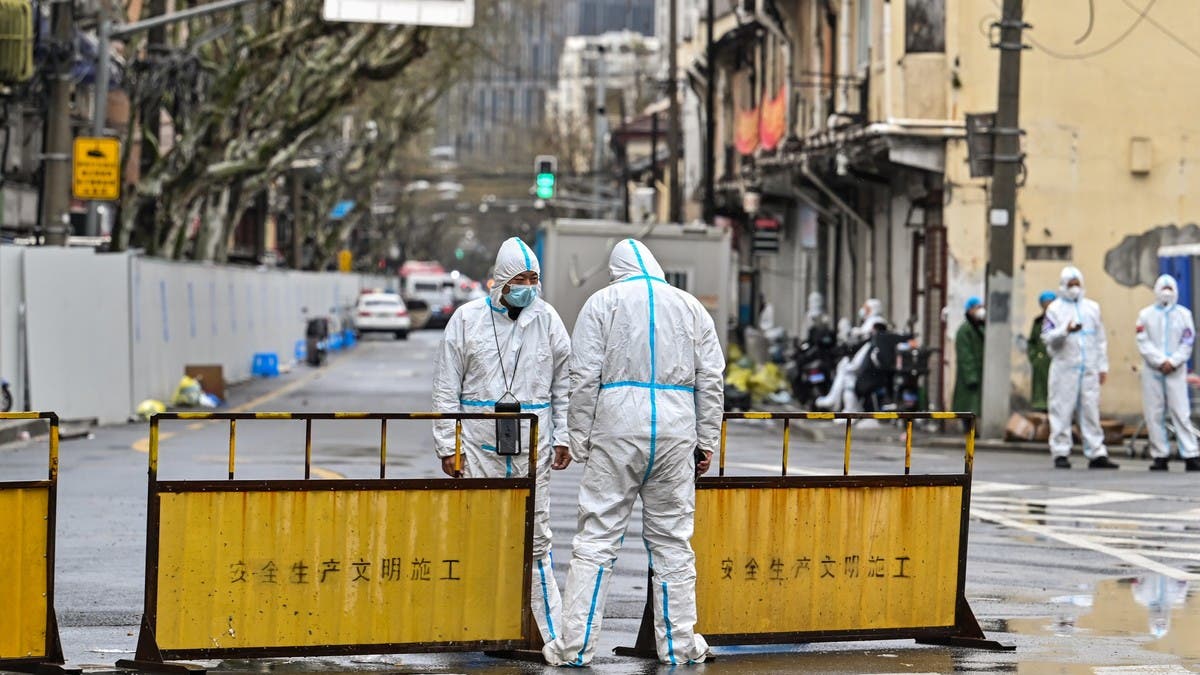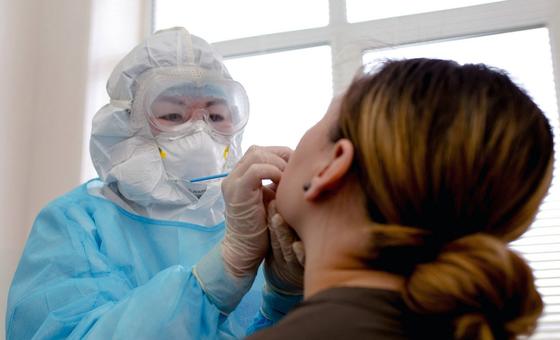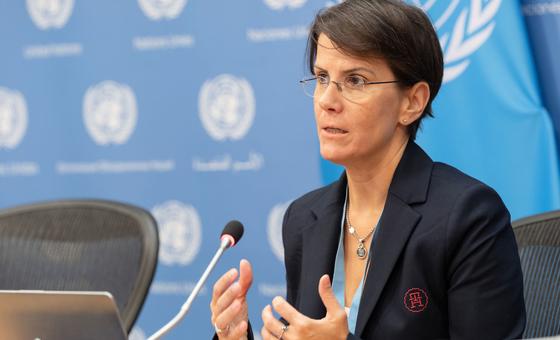China’s financial center of Shanghai will start easing lockdown in some areas from Monday, despite reporting a record of more than 25,000 new COVID-19 infections, as authorities strive to get the city moving again after more than two weeks.
For the latest headlines, follow our Google News channel online or via the app.
Pressure has been mounting on authorities in China’s most populous city, and one of its wealthiest, from residents growing increasingly frustrated as curbs drag on, leaving some struggling to find enough food and medicine.
Shanghai is grouping residential units into three risk categories as a step towards allowing “appropriate activity” by those in neighborhoods with no positive cases during a two-week stretch, city official Gu Honghui said.
“Each district will announce the specific names of the first batch (of communities) divided into the three types, and three subsequent lists will be announced in a timely manner,” Gu told a news briefing.
While it was not clear how many of the city’s 25 million residents stand to have lockdowns immediately eased, the step promises some relief for many cooped up for more than three weeks in the battle against China’s biggest outbreak since coronavirus was first found in central Wuhan in late 2019.
One video, widely shared online, showed occupants of a row of apartment blocks screaming and shouting from windows.
Gu said Shanghai was divided into 7,624 areas that are still sealed off, with a group of 2,460 now subject to “controls” after a week of no new infections, and 7,565 “prevention areas” to be opened up after two weeks without a positive case.
Those in “prevention areas” who move around their neighborhoods must observe social distancing and could be sealed off again if there are new infections, Gu added.
One of the first districts to release its list was the industrial area of Jinshan on Shanghai’s southwestern edge, which posted the names of residential sites still in high- and medium-risk categories.
No choice
Some social media users criticized the easing move as a big risk at a time of a record new daily caseload, but others said Shanghai had no choice.
“I think this is the Shanghai government admitting it cannot continue locking down while ensuring that its citizens don’t starve to death,” said a Weibo user, posting under the name Ruan Yi.
Complaints about controls continue, with some in the city’s Xuhui district telling Reuters that neighborhood committees had put locks and bicycle chains on their front doors from late Sunday to confine them to their homes.
China’s zero-tolerance approach to COVID-19, prescribing central quarantine for anyone testing positive even in the absence of symptoms, is increasingly strained by the highly infectious, though less deadly, Omicron variant.
The policy has halted nearly all international travel, and is taking a growing economic toll as cities impose curbs, with southern Guangzhou and eastern Ningbo the latest to do so, even as other countries try to live with the disease.
On Monday, the European Chamber of Commerce in China said it sent a letter to Beijing’s State Council, or cabinet, describing the challenges for firms from recent COVID prevention measures.
Still, the “dynamic clearance” policy remained Shanghai’s “best option”, said national official Liang Wannian.
It was misleading to view Omicron as “big flu”, and lowering China’s guard would expose its huge elderly population to risk, especially as the virus mutates, said Liang, who heads a National Health Commission panel on COVID-19.
“If we lie flat, the epidemic would just be a disaster for these kinds of vulnerable people,” the People’s Daily newspaper of the ruling Communist Party quoted Liang, as saying, making use of a popular term for doing the minimum.
Shanghai added 25,173 new asymptomatic infections on Sunday, up from 23,937 the previous day, although symptomatic cases edged down to 914 from 1,006.
Read more:
Shanghai COVID-19 cases keep rising, food supply problems persist
Shanghai residents frustrated by food shortages, prolonged COVID-19 lockdowns
Shanghai official says handling of COVID-19 outbreak needs to improve

 World2 years ago
World2 years ago
 World2 years ago
World2 years ago
 Entertainment7 years ago
Entertainment7 years ago
 World7 years ago
World7 years ago
 Entertainment7 years ago
Entertainment7 years ago






